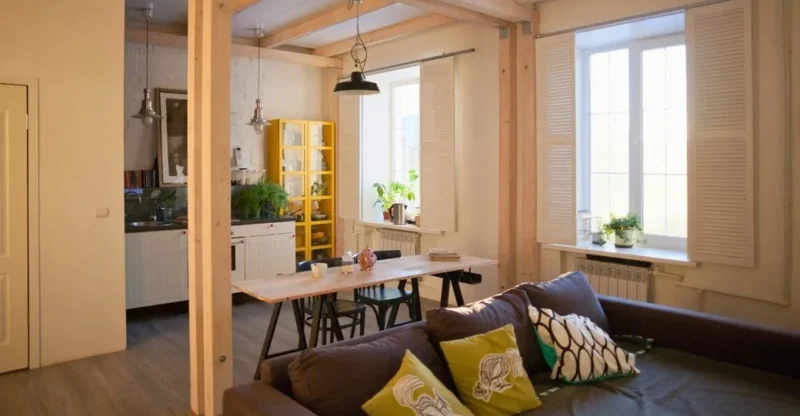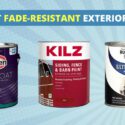7 Key Areas to Winterize Indoor Plumbing: Protect Your Home Before Winter Hits
As winter approaches, we pull out the heavy blankets, seal the drafty windows and grab the hot cocoa. But one important task often gets overlooked winterizing indoor plumbing.
Not doing so can lead to frozen pipes, leaks and water damage. This winter, protect your home from these common plumbing issues.
In this article, I’ll walk you through 7 areas to focus on when preparing your indoor plumbing for the cold months ahead. Doing so lets you sleep peacefully, knowing your home is winter-proof.
1. Exposed Interior Pipes
First things first, address the exposed pipes inside your home. Pipes in unheated areas like basements, attics or even those near exterior walls are the most susceptible to freezing temperatures.
Use insulation foam or tape on these pipes. It’s cheap and works. In really cold areas, you may want to use heat tape further. That way, your pipes will stay warm enough not to freeze even when below freezing.
Keeping cabinet doors open in areas like the kitchen or bathroom also circulates warm air around the pipes.
2. Appliance Water Supply Lines
Your major appliances, such as dishwashers, washing machines, and refrigerators, have water supply lines running through colder areas. When exposed to freezing temperatures, these lines are at high risk of bursting and causing damage.
To avoid this, make sure the supply lines are insulated. Don’t forget to check the drain hoses, especially in washing machines and dishwashers, to ensure they’re not kinked, as this can cause water to pool and freeze.
If you will be away for an extended period, consider turning off the water supply to these appliances altogether for extra safety.
3. Pipes in Unheated Spaces
Many homes have pipes in unheated spaces like garages, crawl spaces or basements. These pipes are super prone to freezing, so they should be on the list when winterizing your plumbing.
Foam pipe insulation is an easy fix to reduce the chance of pipes freezing in these areas. For extra insurance, you might also want to install a leak detection system that will alert you if the pipes freeze or burst. Preventing damage in these often overlooked spaces can save you thousands.
4. Water Heaters and Sump Pumps
Your water heater works harder in the winter, so make sure it runs efficiently. Flush your water heater to remove any sediment buildup affecting its performance.
If you have a sump pump test it to ensure it’s working properly, a failure during cold weather can cause basement flooding.
Proper maintenance of water heaters, sump pumps and other critical systems like water softeners will ensure uninterrupted service all winter and minimize the risk of damage.
5. Heating System for Pipes
Your home’s heating system keeps pipes warm enough not to freeze. Make sure it’s working before winter hits.
If you’re going out of town or leaving your home for an extended period, set your thermostat no lower than 55°F.
A consistent indoor temp can prevent pipes from freezing even if you’re not home. For extra protection, get smart thermostats or heating systems that alert you to issues and adjust settings remotely.
6. Valves and Shutoff Points
Knowing where your home’s water shut-off valve is is key in an emergency. When a pipe bursts, turning off the water asap can prevent major damage.
Ensure you and all household members know where all valves are and how to use them. Consider installing leak detection systems that shut off water in case of freezing or leaks.
These smart systems are a peace of mind and can be a lifesaver in preventing water damage.
7. Attics, Crawl Spaces, and Basements
Finally, don’t forget the pipes in less used areas of your home like the attic, crawl spaces or unfinished basements. These areas are poorly insulated and are prime candidates for pipe freezing.
Add insulation to these areas or install heat lamps to keep the temp consistent and protect your plumbing. Small investments now can save you big repair costs later.
Conclusion
Winterizing indoor plumbing is key to preventing frozen pipes and leaks from hitting your wallet. By tackling these 7 areas, you can enjoy the season without plumbing surprises.
Do it now before it’s too late. Your home and your wallet will thank you.



